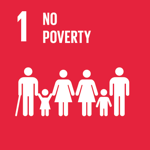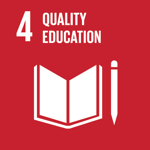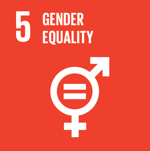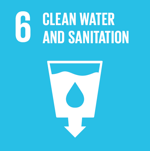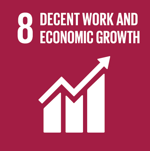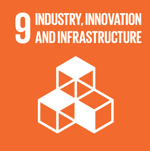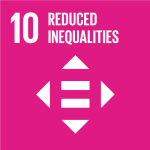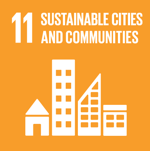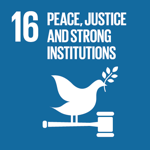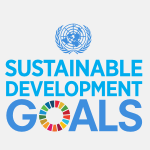Reduced Inequalities


Home » Reduced Inequalities » SDG 10 – Diversity VS Inclusion
SDG 10 – Diversity VS Inclusion
This week the international community noted the UN-sanctioned World Day for Cultural Diversity for Dialogue and Development. Which got us thinking: Is there also a “World Day for Inclusion”?
We couldn’t find one that was UN-sanctioned. Assuming our research is accurate, this should be rectified: while many societies include diverse communities, their members do not necessarily enjoy the same measure of inclusion.
Which brings us to Israel.
A quick primer: according to a 2019 study, of Israel’s more than 7.1 million Jews (73.5% of the total population), 44.9% have grandparents born in the Middle East/North Africa – known in Hebrew as “Mizrahi(m)”; 31.8% in Europe, the Americas, Oceania or South Africa – known in Hebrew as Ashkenazi(m). From an historical perspective, the vast majority of immigrants from Europe arrived between 1904 and the years immediately after WW2; most immigrants from the Middle East/North Africa came between 1948 and the early 1970s.
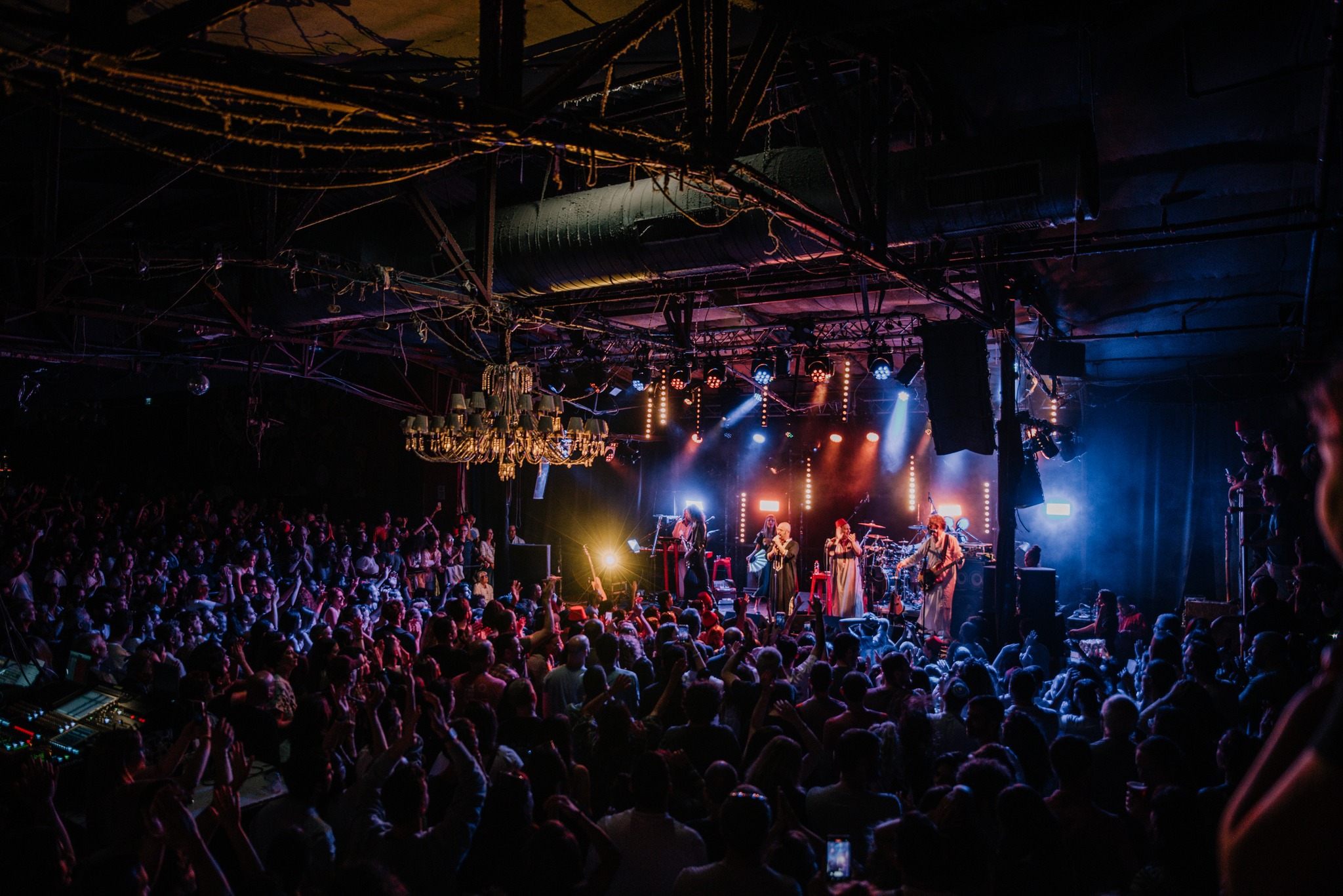

These statistics are critical to understanding the current status of inclusion in the country (note: in numerous past posts we’ve referred in this context to the Arab community – about 20% of the population – and will naturally continue to do so in the future; this time we’re focusing on the country’s Jewish citizens).
Israel is clearly diverse – is it also inclusive? We may have found the research-backed answer to this hot-topic question in a recent, mind-blowing “Haaretz” interview with a leading Israeli sociologist. Some bottom lines, from his perspective:
- Among the middle class, salary level is unaffected by whether an Israeli is Mizrahi or Ashkenazi. In fact, Mizrahi women earn more than their Ashkenazi counterparts.
- Gaps have almost disappeared within the middle class with regard to family size, average age of marriage, consumer behavior, attendance in enrichment groups, emphasis on education, patterns of entertainment consumption.
- In youth culture, “ethnicity is actually a source for liberation, power, mobility – it injects strength. The ‘Mizrahi’ is the leader at parties, he’s the liberated, dominant person.”
- Mizrahi representation in the Knesset (Israel’s parliament) now exceeds the community’s relative proportion in the population: 53 members, 19 ministers.
“Ashkenazim still have an advantage in academia, the Supreme Court and certain sectors of the labor market. But I wouldn’t say that these realms are more hegemonic than the political sphere, rather that social dominance is divided into a number of fields, among which are politics, academia, the judiciary and culture. So there are parts where there is Ashkenazi dominance and parts where there is Mizrahi dominance, or at least areas of Mizrahi influence.”
That sounds to us like genuine inclusion. Keep it going!
Related articles
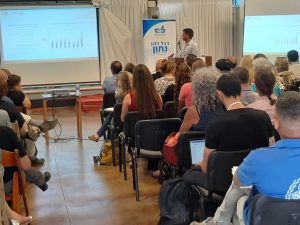

SDG 10 – Closing Arab-Jew Equality Gaps
Reduced Inequalities “Government programs work!” So exclaimed the head of Israel’s Arab Society Economic Development Authority at the Central Bureau of Statistics’ (CBS) recent annual conference,
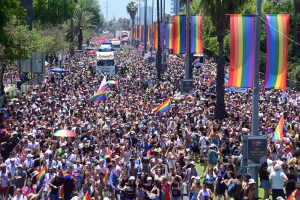

SDG 10- A Year of LGBT Progress
Reduced Inequalities Israel enjoys a pretty good reputation with regard to LGBT rights when compared with Middle East countries. But this past year the country


SDG 10-Reinforcing Senior’s Independent Living
Reduced Inequalities Summertime in the Mediterranean is famously known as silly season. In Israel, stuff tend to happen simultaneously. Before jumping to conclusions: we’re talking

